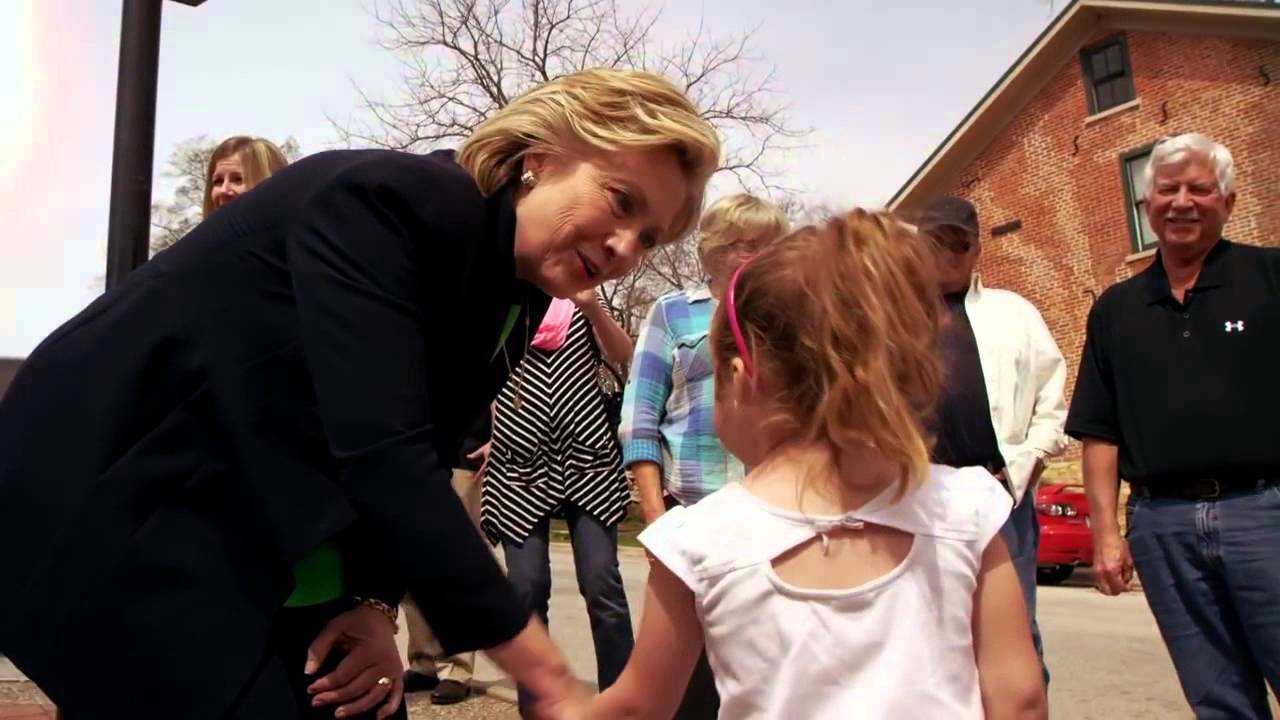“It’s not done…Hillary Clinton will always be there for you.” With these words, Madeleine Albright, the first female US Secretary of State, welcomed Clinton to the stage at a New Hampshire rally. Clinton, the third woman to hold Albright’s former office, took the microphone with a smile of thanks that seemed to extend beyond her predecessor’s kind words to all her female supporters.
In the days leading up to the New Hampshire primary, the Clinton campaign organized events featuring prominent female Clinton supporters, like Albright, in an effort to win over female voters. The day before, in a speech meant to rally Millennial support, Gloria Steinem, a leader of the second wave feminist movement of the 1960s and ‘70s, chastised young women for supporting Bernie Sanders’ campaign over Clinton’s. These comments, coming from one of America’s preeminent feminists, drew considerable anger from many young female Sanders supporters, and rightly so. Steinem’s remarks insinuated that these voters are “less feminist” than their older peers, unnecessarily making the Democratic primary about divisions in voters’ age and gender than common policy goals.
Steinem’s address came a week after Clinton narrowly won the Iowa caucuses. In that contest, Sanders garnered roughly six times as many female caucus-goers ages 18 to 29. Steinem tried to explain this substantial margin by arguing that “the boys are with Bernie,” and thus young women are too. Female Sanders supporters countered Steinem’s charges by asserting that they support their candidate because of his stances on policy issues, not because they want to meet men. Steinem has since apologized for her remarks, saying that young women today are far more politically active than in past generations. Nevertheless, she continues to assert that Clinton’s lack of support among young female Democrats is because women “get more activist as they get older”— young women, she argues, have not yet experienced loss of power due to sexism and ageism in the workplace.
Recent election results challenge this statement, and demonstrate that women don’t necessarily become more politically active, feminist, and therefore Democratic as they age. In 2014, 54 percent of 18 to 24-year-old females voted Democrat while only 41 percent of female seniors did the same. The 2006 House midterm elections yielded similar results: 60 percent of women ages 18 to 29 voted for a Democratic candidate compared to 49 percent of women ages 65 and older.
Furthermore, Millennials and their older counterparts cite many of the same issues as most important in the upcoming election. Gallup found that economic concerns are the most common among a sample of all American voters, with 39 percent citing the issue as their top policy consideration. Noneconomic problems such as dissatisfaction with the government, immigration, and national security also topped the list. A poll conducted by USA Today and Rock the Vote found similar results among voters aged 18-34. 35 percent of Millennials believe that the economy is one of the most important issues for the next President to prioritize. Terrorism/homeland security and immigration also head the list of primary concerns. These are not “women’s issues” or “men’s issues” but American issues, affecting both genders equally.
Even within the realm of so-called “women’s issues,” Sanders’ and Clinton’s platforms are nearly identical. These similarities remove much of Steinem’s argument that Clinton is inherently “more feminist.” The Sanders campaign promises to protect and expand Planned Parenthood and abortion access, ensure that birth control is covered under health care, pass the Paycheck Fairness Act (granting men and women equal pay for equal work), and raise the minimum wage and the tipped minimum wage. Clinton outlines a comparable platform including support for Planned Parenthood, passing the Paycheck Fairness Act, and raising the minimum wage.
One major disparity is that Sanders vows to pass the Equal Rights Amendment (ERA), a constitutional amendment that goes beyond the 14th Amendment’s guarantee of equal protection under the law by emphasizing that “equality of rights under the law shall not be denied or abridged…on account of sex.” The ERA failed to pass in 1972, and can be seen as the biggest unaccomplished goal of the 1970s feminist movement. Clinton fails to mention the ERA on her campaign website. This disparity is minor in light of the similarities between both campaigns on reproductive health and wage disparities, but it does place Steinem’s comments under more scrutiny.
It is clear that Steinem fails to account for Sanders’ popularity among young female Democrats; older women are not inherently more feminist or liberal than their younger peers. On the contrary, both groups seem to share similar concerns. As Democrats look toward the general election, the commonalities between Clinton and Sanders should be a cause for celebration, not separation, within the female voter base. American women concerned about these policies should stop focusing on the merits of nominating a woman versus a man and instead stress the importance of electing a Democrat. Sanders and Clinton have much more in common than they do with any of their Republican challengers. In order to actualize both candidates’ visions for reproductive rights, childcare, and pay equity, these two coalitions must set aside their marginal differences and unite in support of the Democratic nominee. For, as Madeleine Albright so candidly reminded us, “There’s a special place in hell for women who don’t help each other.”
